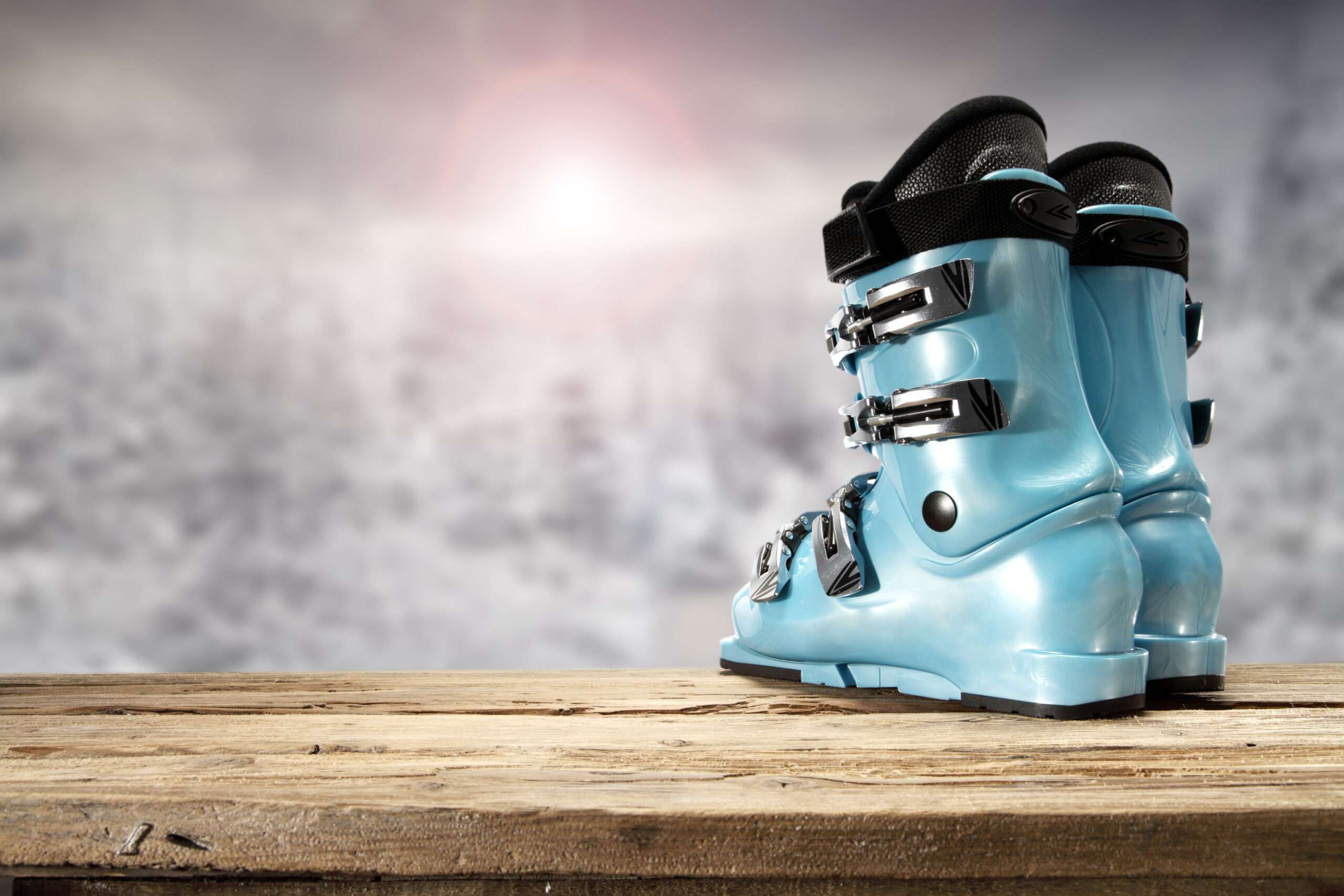Whether you’re a seasoned skier or a novice seeking new experiences, selecting the proper ski equipment, particularly boots, is critical to your success in this popular winter sport. Alpine ski boots are crucial for both comfort and performance, if only for the warmth they provide. Learn how to choose the proper boots for your feet and enjoy the pleasures of skiing on snow with our suggestions!
Select boots based on your skill level
Your gender is the first criterion to keep in mind. Boots for men and women are made differently to fit different body types.
The second factor to think about is your level of experience: beginner, moderate, or advanced. The degree of stiffness of the boot, generally referred to as “flex,” plays a role here. This is a flex rating that determines how far the boot can bend forward. The firmer the boot, the higher the flex level. Advanced skiers will want stiff boots that allow them to handle their skis better. Beginner skiers, on the other hand, can choose softer, less stiff boots to gain comfort and balance on the slopes.
Weight and height have a direct impact on the pressure imparted to the boots, therefore they can also play a role.
Double-check the length and width of your boots
When it comes to choosing a boot, size matters just as much as it does with any other type of footwear. It’s crucial to understand that alpine ski boot sizes are measured in Mondo, an international measurement standard that measures the length of the foot in centimetres. It’s important to remember that the size of your street shoes does not always match the size of your ski boots!
Given this highly exact unit of measurement, and because sizes might vary from one model or brand to the next, having your feet measured on site by the professionals is in your best interest.
The boot’s width is also a factor to consider, especially if you have very wide or thin feet. The breadth is measured at the widest point on the inside of the shell (the stiff outer surface), which is at the front of the foot.
Before you buy the boots, try them on
Trying on boots in the store is a must for a successful selection of boots that are tailored to your foot morphology.
- Put on your ski socks that you’ll be wearing on the slopes. This will ensure that you have the finest fit possible.
- All straps and buckles should be fastened. Keep in mind that the buckles should exert a gentle pressure on the skin without obstructing circulation.
- Stand up and stand in the ski position with your knees bent. Make sure your toes and heel are in the proper positions. The boot should be snug but should not suffocate or numb the foot.
- Check the comfort level of the boots by wearing them for around 15 minutes. If you wear foot orthotics, remember to put them in during the fitting.
Bootfitting: one step closer to comfort
Bootfitting, a process that involves moulding the boot to the foot’s morphology, is without a doubt the pinnacle of ski boots. This tailored fit keeps your feet warm while also enhancing your comfort and performance on the slopes.
There are three steps to this technique:
- Measurements are taken by a technician;
- Design of insoles according to the size and shape of the foot;
- Molding of the liner and shell directly on the foot.
Is this the most effective way to select the ideal ski boot for your foot? Before you venture out to conquer the snowy slopes, give it a try.
FootNetwork: tips to improve your performance
Many variables, such as muscle tiredness or injuries, can hinder your performance and cause you to abandon your sport. Athletes can benefit from foot orthotics to alleviate discomfort before, during, and after activities.
Consult a podiatrist to learn more about orthotics and their benefits. He or she will be able to recommend orthotics that are appropriate for the type of exercise you engage in. FootNetwork brings together a diverse group of health professionals from all across Quebec to provide you with the best podiatric care possible.

